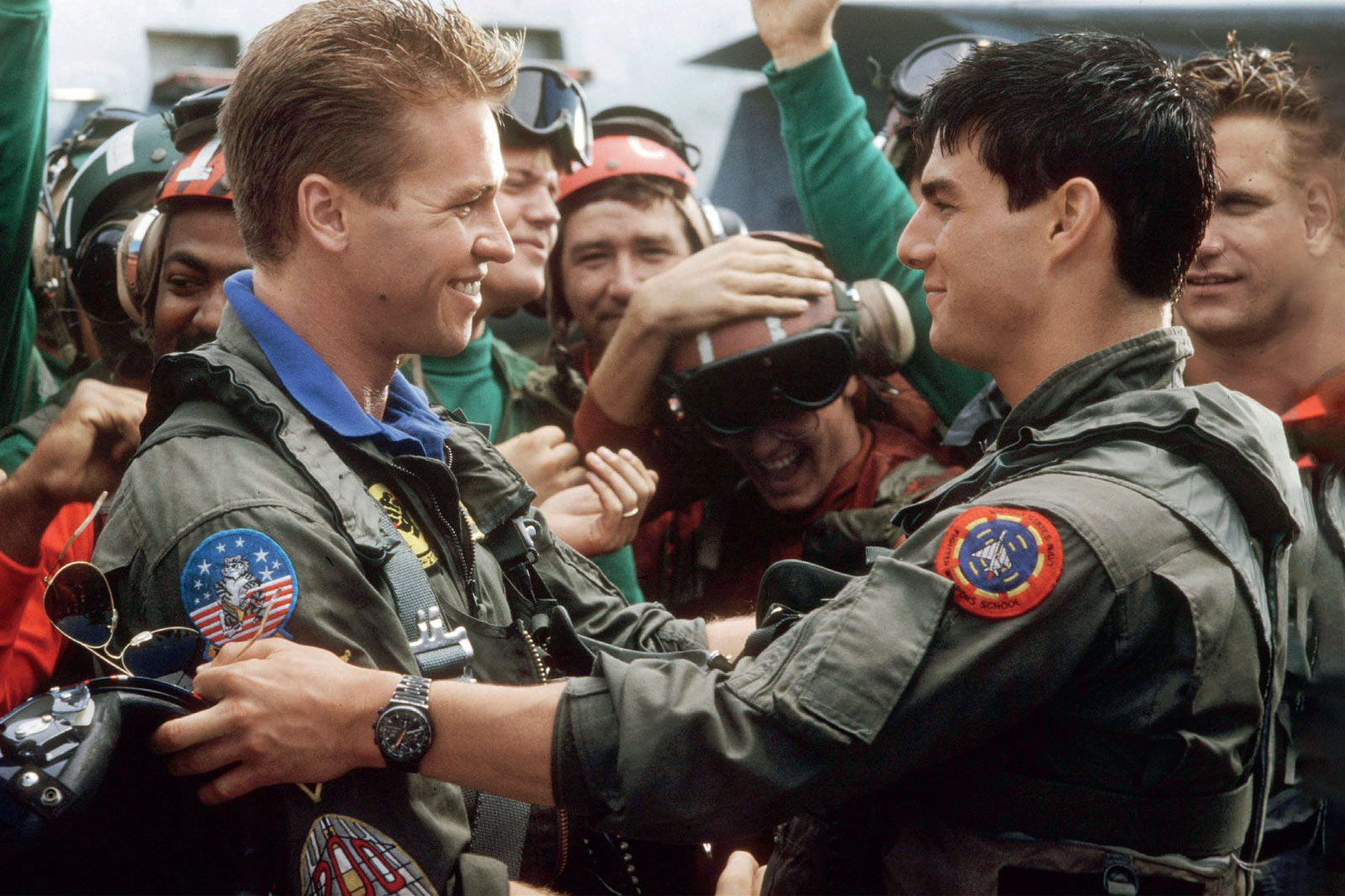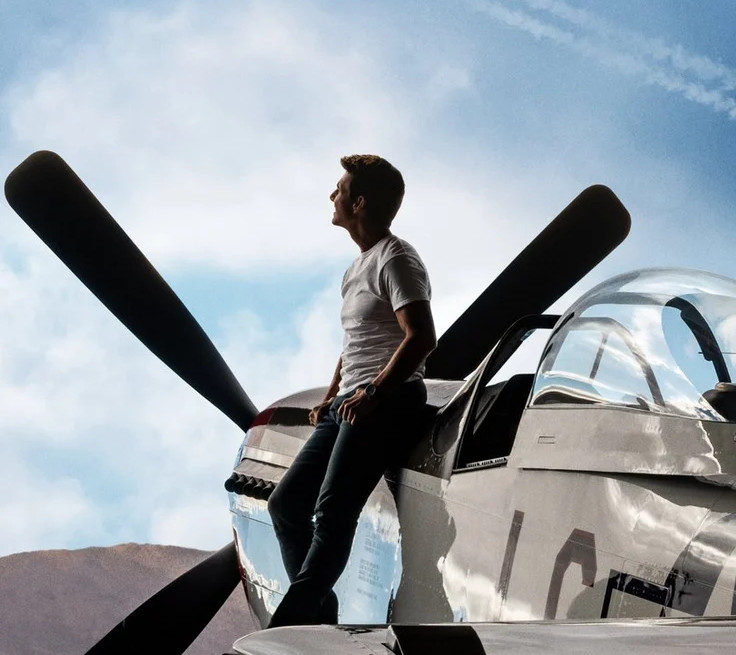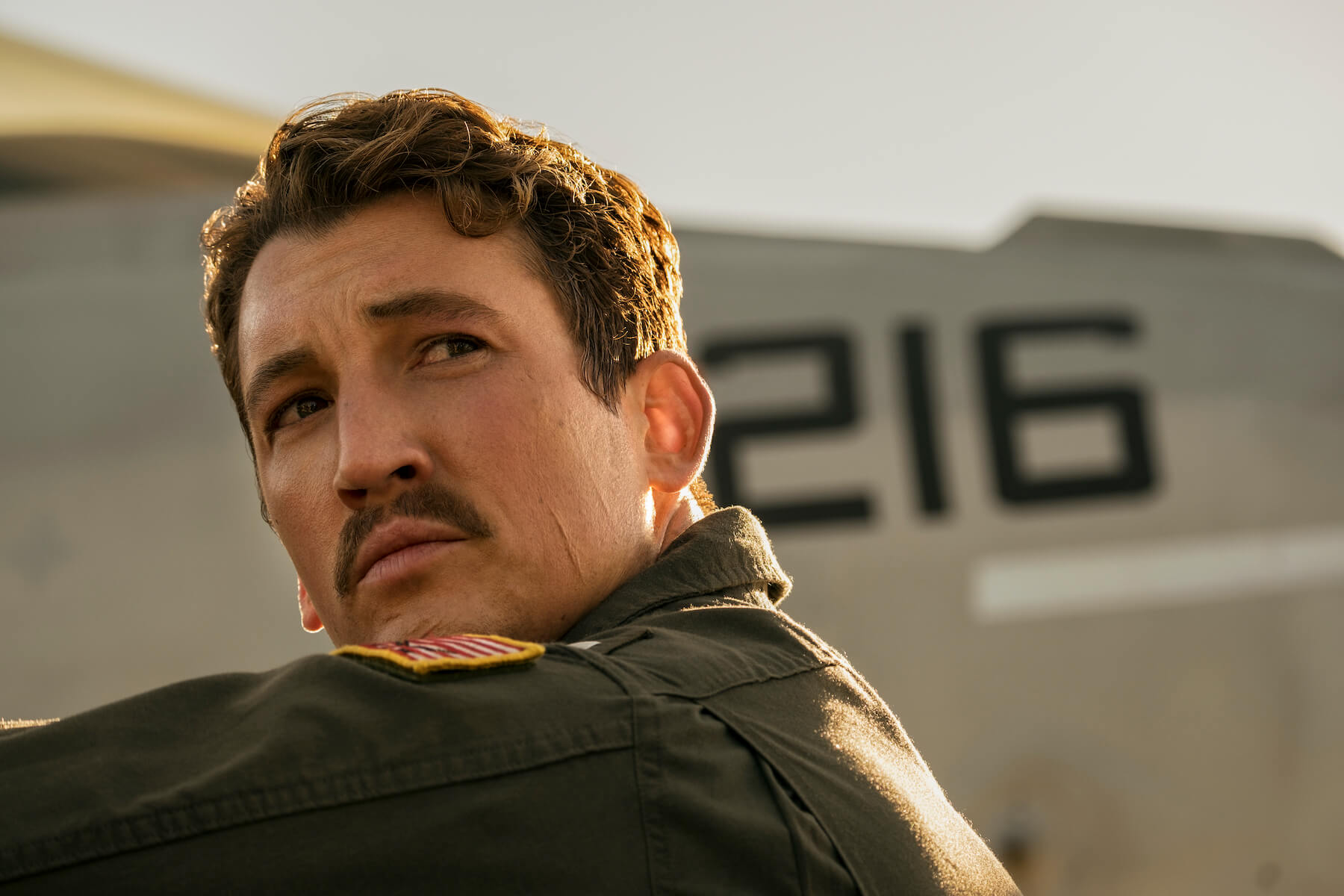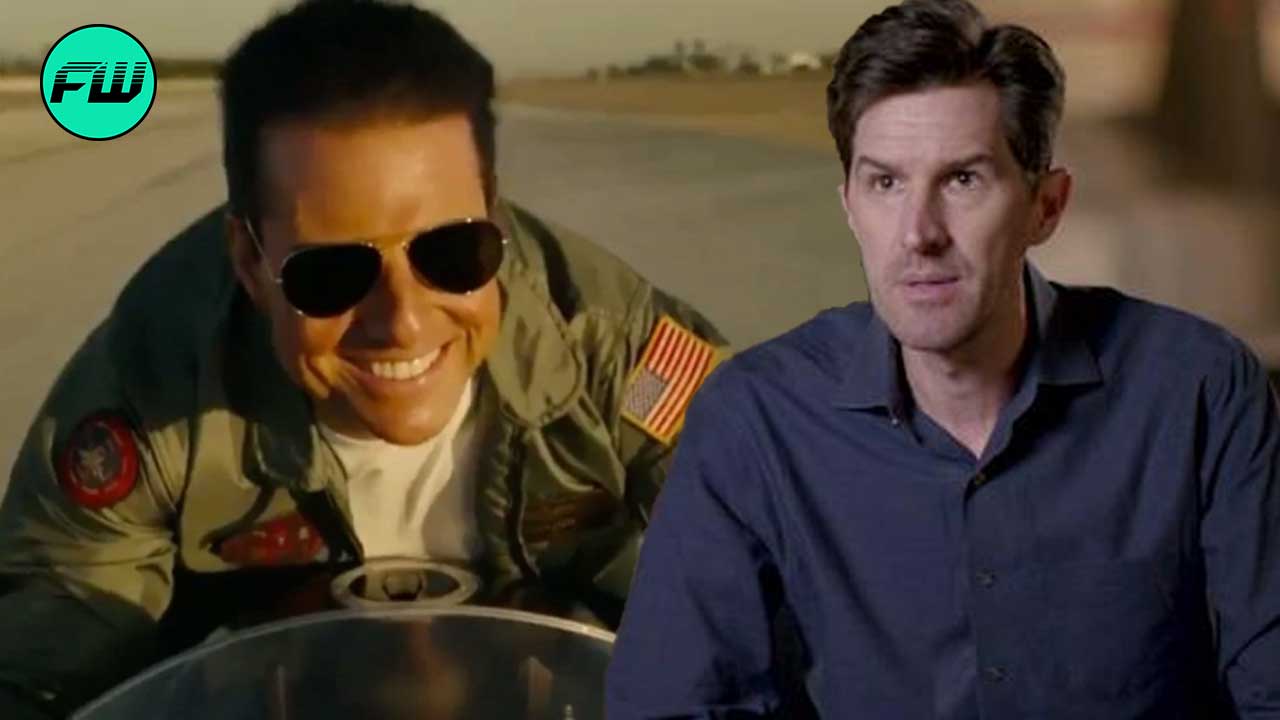Tom Cruise, the Hollywood megastar and go-to action hero, has been delivering box-office successes since the golden ’80s. Top Gun had come out in 1986, and it is still fresh in people’s minds. What made the film so classic was the feel of the real thrill of being inside a fighter jet. Most of the young teenagers who became Top Gun fans when it first came out are now already in their 50s. The viewership or legacy, however, hasn’t dwindled in the least. With references to that movie being made in every other film or series, the iconicity of that creation is very apparent. The director of Top Gun: Maverick talks about how he pitched the idea of making a sequel to an already perfect film to Tom Cruise.

Joseph Kosinski’s 30-Minute Pitch For Top Gun 2
When Maverick director Joseph Kosinski was 12 years old, he watched Top Gun for the first time. The experience of that film, to him, was something else entirely. It was a movie about summer love, friendship, competition, teamwork, and sacrifice. And these were the feelings he sought to recreate in the sequel to the original classic.
Kosinski speaks about how he wanted to recreate the realness that the first movie emanated to the viewers. It was the thrill of being a fighter pilot, the vibrations of being in the cockpit, and living in the moment that was all adrenaline mixed with exhilaration. All of that existed in the first film. And Kosinski sought to keep that feeling of practicality in Maverick in an era of movies that were all CGI and animation.

Top Gun: Maverick has been a long time coming. When producer Jerry Bruckheimer had a script sent over to Kosinski, the latter viewed it and added a few ideas of his own. And the two then set out to bring in the final piece of the puzzle. Tom Cruise was the original star and Kosinski had 30 minutes to pitch the Maverick script and bring him on board.
In an interview with Polygon, Kosinski iterates the first time he flew to Paris to voice the idea to Cruise. The actor was on location shooting Mission Impossible at the time. When he first heard the idea of a sequel, he wasn’t all for it. However, Kosinski had worked with him on Oblivion. He could tell what aspects of a script appealed to the actor. So, he accordingly proceeded to narrate what the movie would be like. By the end, Tom Cruise was on board and when Kosinski left the location, Paramount Pictures was on board along with him.
What Makes Top Gun: Maverick Different?
The movie, as Kosinski said in the interview, would focus on friendships, teamwork, and competition. Those were the feelings that appealed to the audience when the original movie came out. Those were also the feelings that brought Cruise on board as well. As the characters go up against a faceless enemy, just like in the first film, here too the young aviators would be up in a fight against a shadow enemy.

However, what’s different and fresh about this film would be the legacy that Maverick’s wingman Goose left behind. After an unfortunate and heartbreaking death in Top Gun, we find him survived by a wife and a son. The same kid in a white cowboy hat who sat on top of a bar piano amidst a dozen naval aviators is now all grown up, following in his late father’s footsteps. But not without unresolved feelings towards the man who was supposed to fight beside his father and protect him. The film focuses on Bradley Bradshaw, son of Nick ‘Goose’ Bradshaw, and his relationship with Maverick as he joins the team.
Source: Polygon


